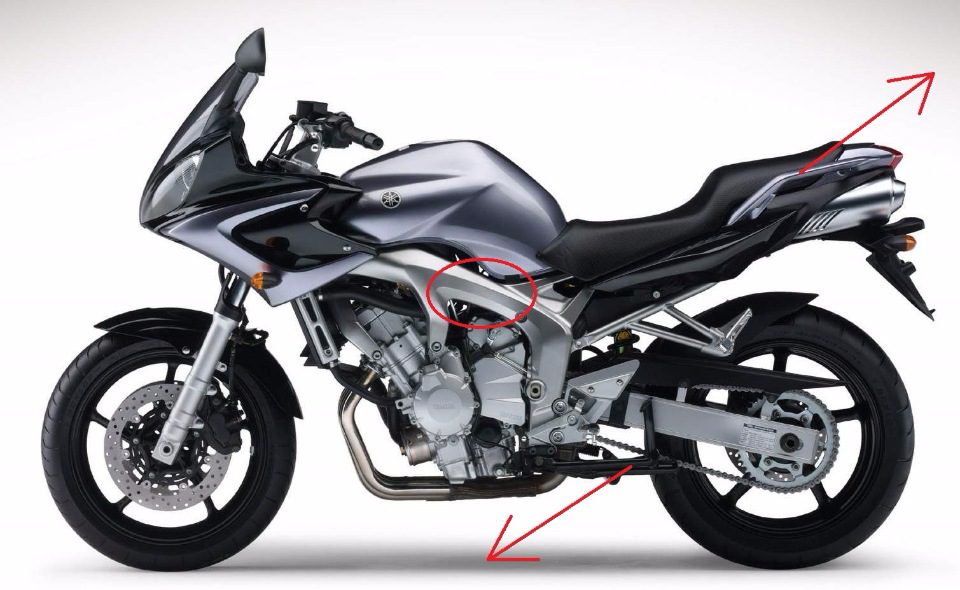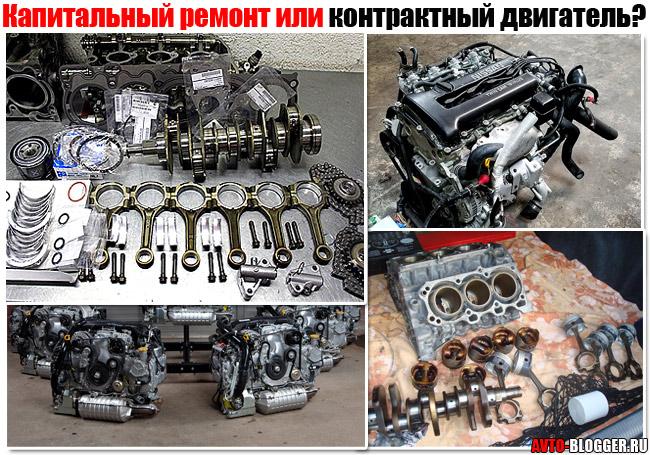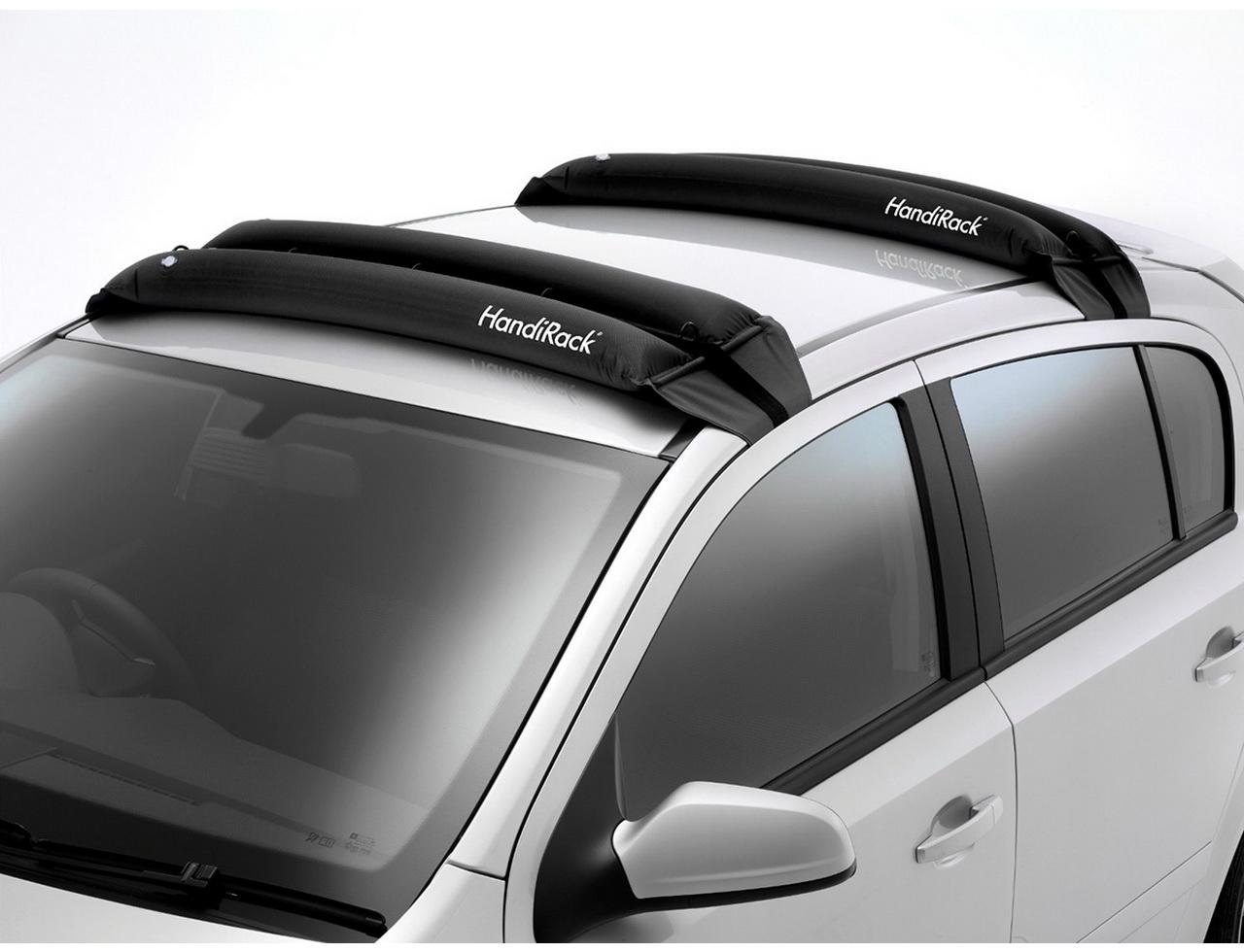
Place your motorcycle well on the center stand
Content
Anything that can be easily unpacked and unpacked and prevent the dough from being tampered with
Just like in judo, you have to use the opponent's mass to avoid being sent to the carpet.
It's amazing how non-motorcyclists are always impressed by the weight of a motorcycle. My neighbor at the landing, this brave mom Michu, pulled me out the other day with real frankness: "Well, let's say, a 180-kilogram motorcycle, how do you do it, I could not wear that."
Besides the fact that this brave Mam Michu doesn't know that 180 kilos for a motorcycle is pretty light, she also doesn't seem to know about the 180 kilos in question, we never wear them, except that we want to play pancake Once on Candlemas Day (recall Candlemas is February 2, 40 days after Christmas), as Den of bikers points out com, his entire dedicated team and its vibrant community advise you against you with fervent consensus.
In fact, the only time you need to gain the weight of the bike is when you try to put it on the center stand. Or when we end up in the ditch, which we'll talk about another time.
In any case, we cannot talk enough about the benefits of a central stand: whether it is more stable parking, refueling, tire pressure, chain tightening, doing some self-service or machine maintenance, or installing luggage, a central stand is an important asset!
Everything remains!
There is no policy here, but it is obvious that it is on the left side of the bike that we place ourselves in order to start shooting. Obviously, this advice is obvious (but the great and late Jean d'Ormesson said: “Beware of the obvious, they are not the same for everyone and they are constantly changing), and this proof will be useful to great newbies watching a motorcycle for the first time, with the same opening level as the chicken in front of the Rubik's cube.
Other evidence that the motorcycle should be preferable to be neutral should be mentioned: even if the clutch can be used, being in a neutral position will facilitate a little movement to the rear of the car.
Then you stick well to the bike to touch the pelvis, you unfold the center stand so that its two dew claws touch the ground, and this is where the serious stuff starts. Obviously, we prefer a flat, non-slip surface with no roughness (such as cobblestone or sewer mesh that can destabilize your motorcycle).
Ho, get up!
Let's make it clear: the brief is not a matter of strength, but of momentum. As Jean-Claude Van Damme said, we have to release the energy of the tiger in you, and that applies very well to shelling. With your right hand, you should grab a solid piece of the rear of the bike: a lift handle is ideal (some bikes like the Honda Pan European had one), but a passenger handle, or at best, a small handle under the saddle or a notch in the frame will work. very good.
Then we get into action: At the same time, you have to put all your weight on the crutch and at the same time pull the bike back, while your left hand grips the handlebars firmly. To align the energies, your body must be parallel to the bike, and you have to be close to it, and not at a distance of a meter from each other; your back stays straight, as does your head, which looks far away (looking far makes it easier to be upright). And smile: it doesn't change anything, but it's always better.
She usually rises on her own and stalls on her B-pillar. Regardless, some bikes are simpler than others because manufacturers are better at calculating the overall balance and crutch attachment point on the frame. In fact, some bikes are hellish (like the 7 Moto Guzzi V1970 Special), while others that are heavier will require less effort, like the Honda GoldWing.
To feel comfortable, you can repeat the operation several times, on a flat and unobstructed surface, with two friends as reinforcements, right next to the motorcycle, in case it escapes you. Exercise until the gesture is natural.
And unboxing all of this?
Great question, because if you don't put your bike in your living room and want to admire it for the rest of your days, you'll have to unpack it, Titin!
The operation is quite simple, and in order to guarantee you the best chance of success, we recommend the following procedure. First, unfold the side stand. Second, place your left hand on the left handle and your right hand on a roughness (for example, gripping the handle at the back of the bike). Third, before unpacking, turn the handlebars slightly to the right: when you give the impulse, you will gently return the bike back to your body, and a wheel turned gently to the right will naturally help it come to your side.
You are ready: one, two, three, press. the crutch passes through the balance point, the bike moves forward, gently rests along your body, at the level of the pelvis, and you gently force it to rest on a side stand. That's all, you're done. Easy, right?
Some people prefer to sit on their bike to unpack. This is possible provided that you have both feet on the ground and that you can have support to give your pelvis in the front to lower the bike.
Obviously, a touch of intelligence will get you ready for the start: so not before a steep descent, an Olympic ski jumping slide, or breeding a rattlesnake.
And in the case of a downhill, downhill bike, the idea is to activate the gear ratio so that the gearbox is engaged, to have control of the clutch and during unpacking to release the clutch so that the bike does not move forward on its own.
It's okay, balance!
Now that you understand everything about the bib, we allow you to meditate on this adage borrowed from deep sophistication and great elegance: a good biker, he sleeps on a crutch!

